READY TO GET STARTED?
REQUEST A FREE ESTIMATE
Fill out the form below or call (888) 466-7849 for a free, no-obligation estimate.
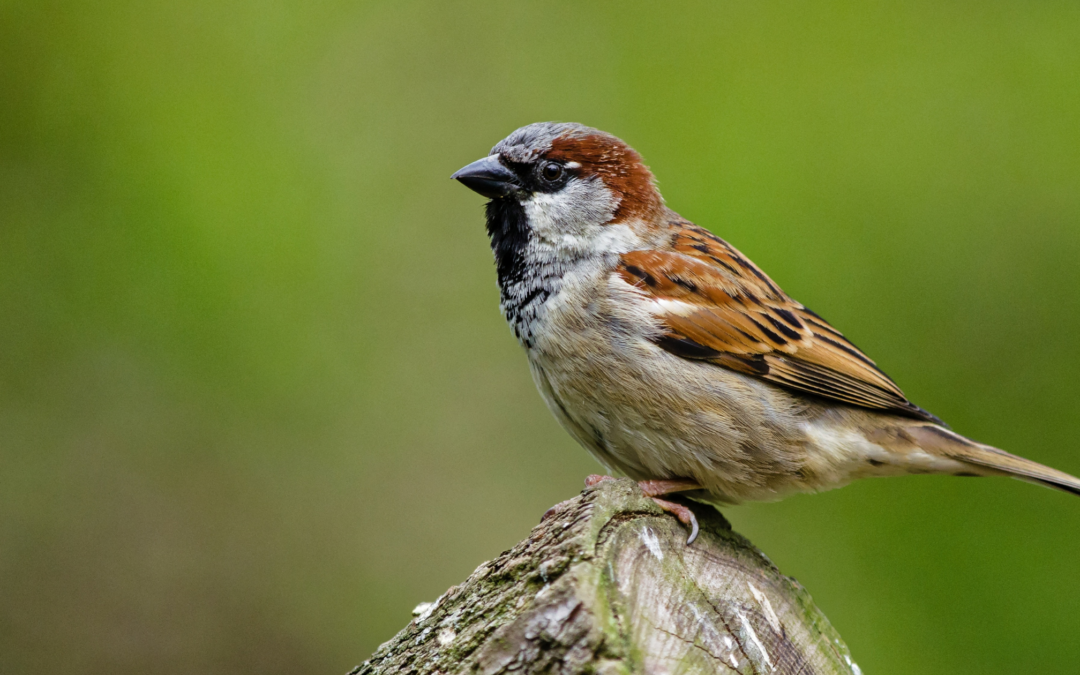
Nestled in the heart of the South, Georgia boasts lush landscapes and vibrant wildlife. However, along with its natural beauty comes the challenge of dealing with nuisance birds. From pesky pigeons to assertive seagulls, these feathered intruders can wreak havoc on homes and businesses alike. In this guide, we’ll explore common nuisance birds found in Georgia, the risks they pose, effective methods for bird control, and preventive measures to keep your property bird-free.
Georgia is home to a variety of bird species, some of which can become unwelcome guests on your property. Among the most common nuisance birds encountered in the state are:
Beyond their irritating presence, nuisance birds can pose several risks to both property and human health:
When faced with a bird problem, it’s essential to employ effective bird control strategies. Here are some methods commonly used by wildlife control companies:
While effective bird control measures can help address existing bird problems, preventing future infestations is key to long-term success. Here are some preventive measures to consider:
Dealing with nuisance birds can be a challenging task for property owners, but with the right approach, it’s possible to keep these feathered intruders at bay. By understanding the common nuisance birds found in Georgia, recognizing the risks they pose, and implementing effective bird control and prevention strategies, you can protect your property from damage and ensure a bird-free environment. Whether you’re facing a minor bird problem or a full-blown infestation, partnering with a reputable wildlife control company can provide expert assistance in addressing your bird control needs.
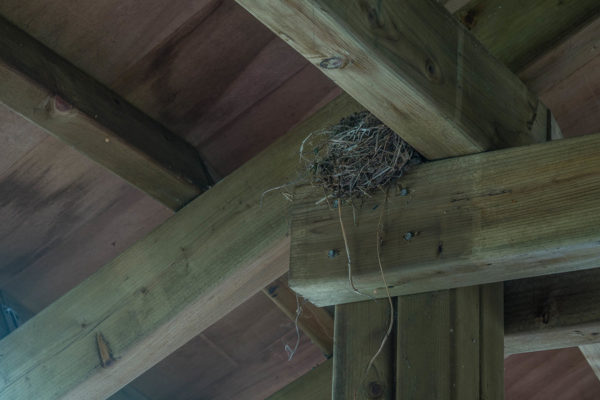
While some birds are beneficial to us through their production of down feathers, control of pests, control of weeds, and providing us with the opportunity for birdwatching, they can be detrimental to our homes and our health. Besides being a general nuisance, some birds can cause damage to buildings and monuments, contaminate food sources, and transmit diseases that can be serious to humans.
Three of the most common nuisance birds that can cause these issues to humans are pigeons, sparrows, and starlings. Here is a look at each of these nuisance birds, as well as some tips to prevent and exclude them.
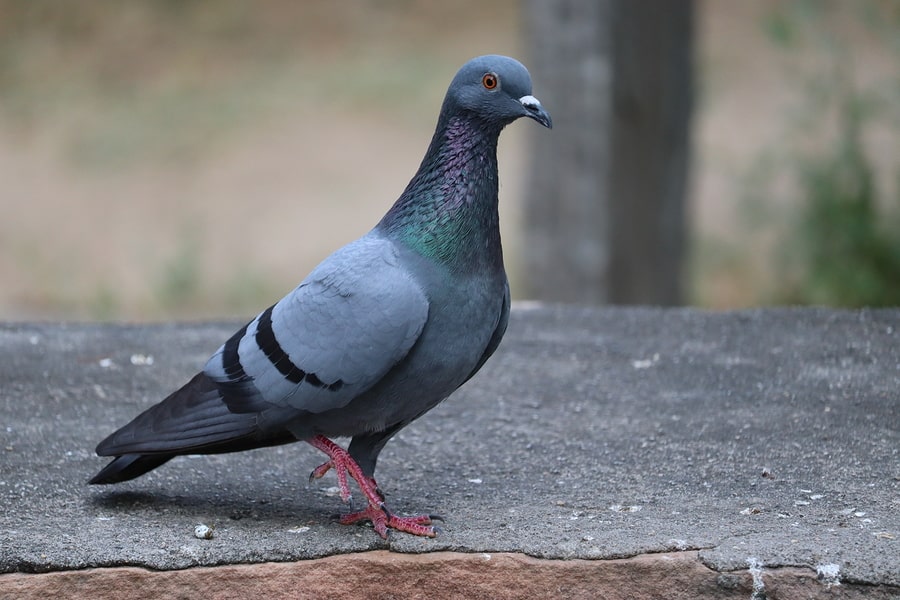
Pigeons are the most common nuisance bird and are also responsible for the worst public health concerns caused by birds.
Adult pigeons are about a foot in length and weigh about 13 ounces. They are blue-grey in color with iridescent feathers on their heads and necks. Pigeons have short necks, small heads, and short legs.
Pigeons prefer to nest in small, flat areas that are off the ground (e.g. ledges, air conditioning units, pipes, and window sills). They eat a varied diet, consuming anything from grains and livestock feed to discarded food scraps and manure. They must have water daily to survive.
Pigeons can cause serious problems wherever they are. Large flocks of pigeons can be a nuisance in public places. Their feces can not only deface and deteriorate buildings and other structures but can also cause slipping hazards on stairs, sidewalks, and fire escapes. Their droppings and debris from their nests can clog downspouts and machinery. Pigeons carry numerous diseases including histoplasmosis.
Pigeons adapt easily to their environments, including those that are manmade. They will travel up to 5 miles between their nesting and roosting sites, making it very difficult to get an established flock to move. Their homing capabilities allow them to easily find their way back to their original nesting sites.
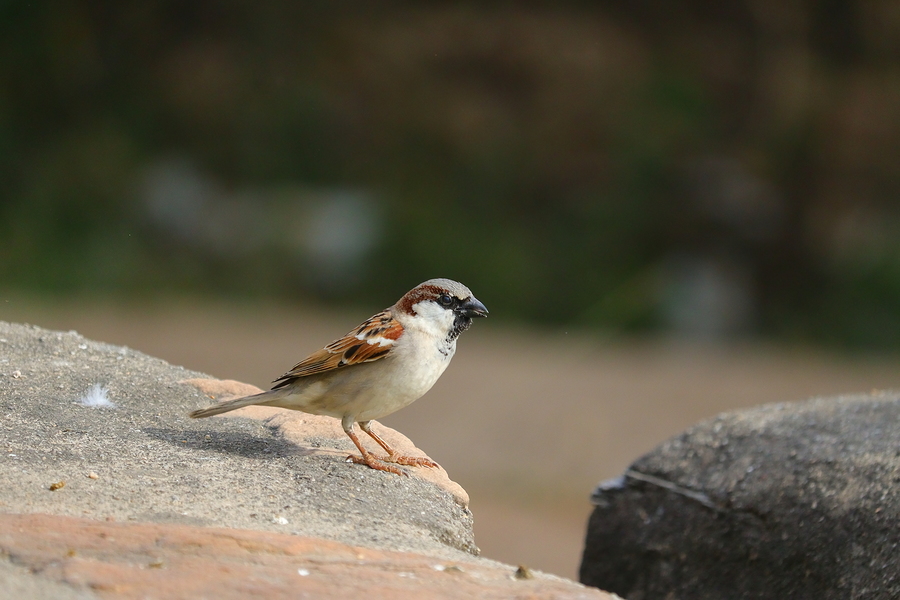
House sparrows are not actually true sparrows; they actually belong to a family called weaver finches. They are stocky, small birds about 5 to 6 inches in length and weighing about 1 ounce. They have conical bills with brown grey feathers. Males have a black throat and white crown while females have a white throat and a dull eye stripe.
Sparrows build extremely messy nests out of anything they can find (string, twigs, paper, grass). They prefer to make their nests in covered, elevated areas like warehouses, airport hangars, and stadiums.
Sparrows primarily eat grain but have also been known to eat fruit, seeds, insects, and food scraps. They have become extremely dependent on humans for both food and shelter. They nest, roost, and feed in large groups within 1 to 2 miles of each other.
Sparrows can be difficult to control because of their ability to rapidly reproduce. They are extremely aggressive and will often drive out other desirable bird species from the area. When they nest in electrical areas they can cause electrical shorts and fires. When they congregate in poultry and hog farms they cause potential contamination threats. Sparrows have been associated with over 25 diseases and ectoparasites.
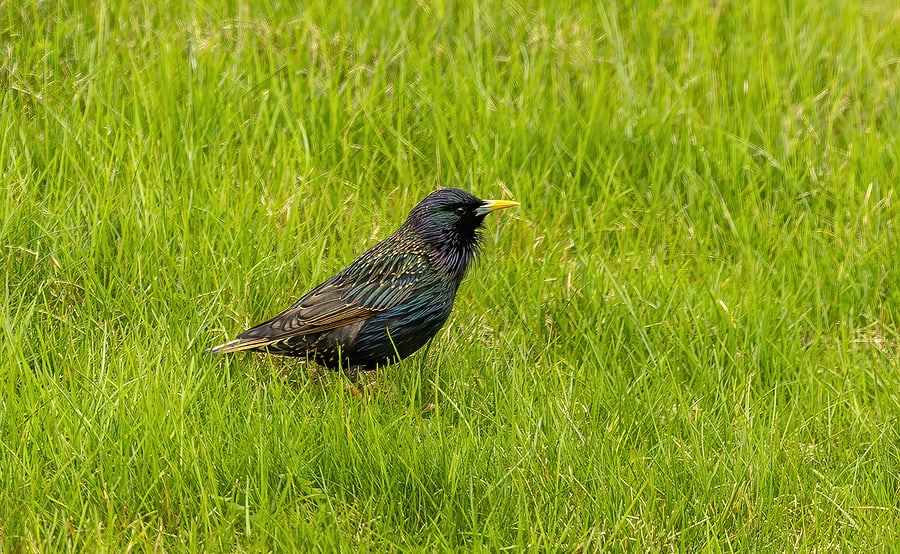
Starlings are an introduced species that cause problems in both urban and rural areas. Adult starlings are about 8 inches in length and weigh about 2-1/2 to 3-1/2 ounces. They have short tails and long bills. In the winter, starlings have dark bills and iridescent coats speckled with white dots. In the summer, starlings have yellow bills with duller coats that are mostly purple and green in color and are less speckled.
Starlings travel in flocks that can number into the thousands. They nest and feed in a variety of areas. When they nest in urban areas they tend to frequent trees, exhaust vents, marquees, ledges, lighted signs, hollow lampposts, billboards, soffits, and dryer and stove vents. In rural areas they tend to nest in farm building ledges and tree cavities.
Starlings feed on a variety of things depending on what season it is and what food sources are available. They are known to eat seeds, fruit, food scraps, insects, fruit, and vegetables.
Starlings can be problematic because of their intense vocalization, especially when their flocks grow to such large numbers. Their fecal accumulation can also be problematic because of the sheer volume. Starlings are very aggressive and can drive out other bird species. Their feces can deface and deteriorate buildings and other structures; can cause slipping hazards; can contaminate livestock feed; and can kill trees. They leave nesting materials behind that can clog machinery, cause drainage problems, and clutter structures. These blocked vents can also lead to moisture buildup, odor issues, and potential fire risks. They are known to carry serious diseases like histoplasmosis.
Each of these nuisance birds can be hard to control or eliminate once their flock is established. Prevention and elimination is key to helping control these bird populations. Here are some bird prevention and exclusion tips you can use to help control these problematic pests.
If you have a nuisance bird problem, contact a professional pest control company who can provide you with a customized inspection and treatment plan for your situation.
The When, Where, and Why of Termite Swarms
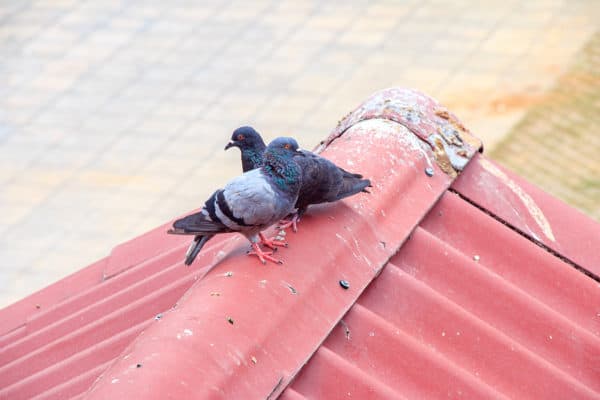
Some birds are beautiful and fun to watch, while others can be downright annoying and destructive. While birds aren’t typically considered a nuisance pest, they can become a problem when their nests obstruct important areas in your house, their droppings carry transmittable diseases, or they get into your attic or chimney.
Understanding what nuisance birds are attracted to is the first step in helping to prevent them. Pest birds such as crows, pigeons, sparrows, robins, and starlings are attracted to food sources they can find around your home (insects, earthworms, corn, seeds, and rotten fruits and vegetables). Woodpeckers are also a common nuisance bird and will drill into your trees in search of carpenter ants, beetles, and other wood-boring insects.
Birds can be attracted to pet food which is often left outside all day for them to feast on. Birds also require water to survive and will use your fountain, water feature, or any other standing water on your property as a birdbath.
While professional bird control is always an option, there are some bird prevention tips you can use at home to help keep birds away. Here are 5 of our favourite DIY bird-repellent methods.
If there isn’t anything in your yard to attract birds, they will be less likely to hang around.
Most birds require freshwater to survive. Substitute saltwater for freshwater in your fountains and water features so birds won’t be able to drink from them. If you feed your pets outdoors, remove or cover their food and water dishes as soon as they’re done with them. Make sure pet food is kept in airtight containers.
Birds also like to take cover in grass and other landscaping, especially in windy or stormy conditions.
Make sure grass is kept mowed, and hedges and trees are kept trimmed to help reduce cover. If you see a bird actively building a nest, use a long stick to dismantle it. Once you do this a few times, the bird will move on to a new nesting site.
If the nest is already built or occupied by the bird, don’t attempt bird nest removal yourself. There are laws in each state regulating the removal of bird nests. Contact a professional wildlife exclusion company to help properly remove or relocate the bird’s nest in question.
One of the easiest and cheapest natural bird repellents is aluminum foil. There are several different ways you can use aluminum foil to keep birds away. If birds are disturbing your garden, you can place strips of aluminum foil under the surface of the dirt or around any plants they are bothering. Birds don’t like the feel of the foil under their beaks and will stay away.
You can also hang strips of aluminum foil (or shiny party streamers) from the trees or other high points around your home and garden. The sun reflects off the shiny surface and bothers their eyes, deterring them from coming near. If woodpeckers are around, hang an aluminum pie plate on the tree where you see them most often. The reflection of the plate will scare the woodpeckers off.
If birds are constantly landing in or near your pool, try running fishing wire high over the pool in a criss-cross pattern. You can hang it between 2 trees, between eaves, or from any other high locations you might have near your pool. The birds don’t like the impediment to their flying space and will find somewhere else to land. As a bonus – you won’t be able to see the clear fishing wire from the ground so it doesn’t take away from the aesthetics of your backyard space.
If pigeons and other nuisance birds are invading your patio space or window sills, try sprinkling baking soda anywhere they like to perch. Birds don’t like the feel of the baking soda under their toes and will avoid it at all costs. You can also use double-sided duct tape instead of baking soda.
If birds are a problem around your garden, pool, or deck, you can purchase one (or several) predator decoys at your local hardware store to scare them away. As the birds fly overhead, they will see the plastic owl, rubber snake, or whichever other decoy you choose and won’t land near it. Just make sure you move your decoys around often or the birds will get used to them and realize they aren’t real.
The more deterrents you have around your property, the less likely you are to have birds hanging around. If these methods don’t work or you already have an existing bird issue, contact a professional bird control company who can help you safely and effectively remove the nuisance birds and put measures in place to prevent them from coming back in the future.
How to Avoid a Rat Invasion During a Pandemic